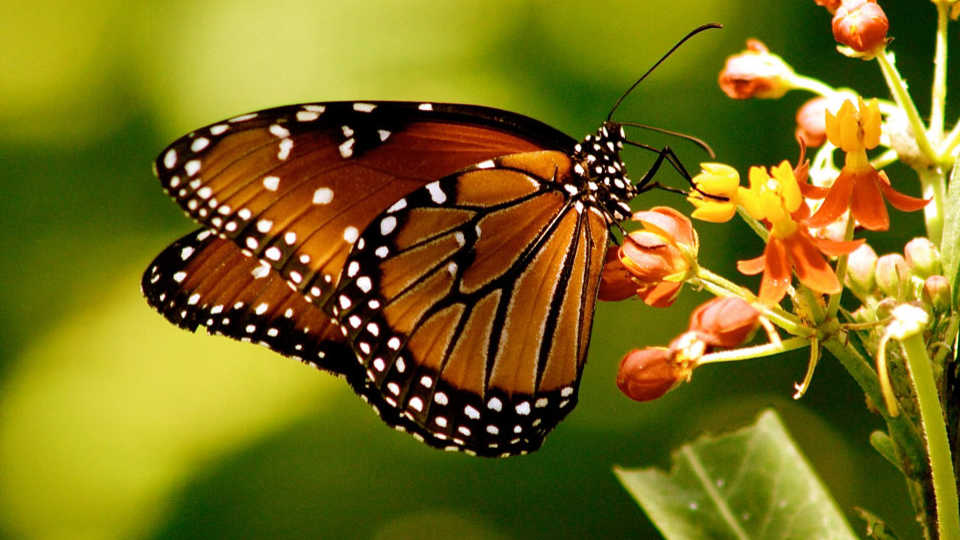In these activities, students will:
- share their knowledge with other students through art.
- continue learning about the biodiversity of macroinvertebrates.

© Axel Foley
After students have created their Macroinvertebrate Manor, use art as a way to share this experience with others. You can also increase the biodiversity of the manor by creating habitats for bees, ladybugs, and butterflies.
In these activities, students will:
Some bees live alone and do not make their home in hives. These bees rarely sting since they are not aggressive and some do not have a stinger at all. Also, some ladybugs stay local during the winter and will hibernate when the weather is cold. The following home would be ideal for these macroinvertebrates.
Yellow jacket wasps may find this home suitable for their needs as well, so students should be careful when handling the house.
Materials:
Procedure:
The plants in a butterfly garden can provide food for caterpillars as well as butterflies, and will help increase the biodiversity (and beauty!) of your schoolyard.
Materials:
Prepare the space:
Procedure:
Grade Three
Life Sciences, Investigation and Experimentation
Grade Four
Life Sciences, Investigation and Experimentation
Grade Three
Performance Expectations
DCIs
Grade Five
Performance Expectations
DCIs